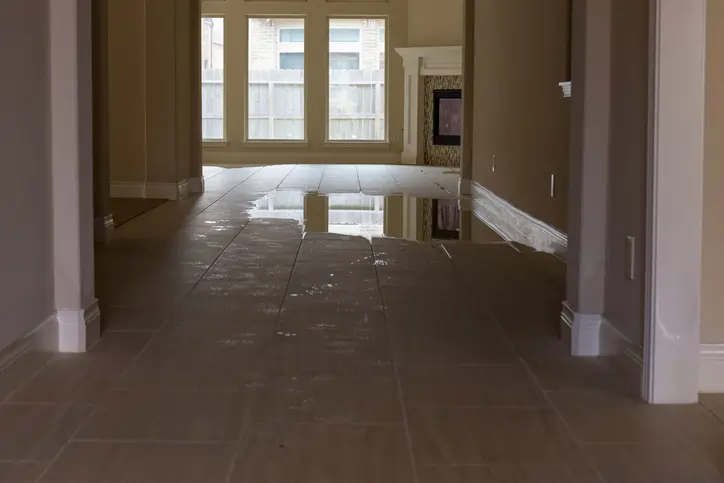
The most prominent causes of water damage in residential property are leaks, floods, and burst pipes. There can be several other underlying reasons, but irrespective of the cause, you must apply swift and effective restoration to ensure that the structural integrity of the building remains preserved. With a proper restoration plan after water damage, you can prevent mold growth and get the house in pre-damaged condition. So, let’s get to know the essential steps for restoring water-damaged residents.
- Initial Assessment and Safety Check
You need to begin with an in-depth assessment, where you have to identify the affected areas. You can appoint moisture meters and thermal camera professionals to identify water infiltration. Your priority should be safety, so turn off all the electrical systems to avoid hazards or electrical shocks. Next, try to categorize water types, such as clean, grey, identified as slightly contaminated, and black water as highly contaminated, to take appropriate action.
- Water Removal
If you want to minimize further damage, you need to go for immediate water extraction. Here, hiring a home renovation Manhattan professional would be an added advantage, as they use industrial-grade pumps and vacuums to remove the pooling water. They can also assist in preventing the water from saturating walls and floors, thus minimizing the chances of mold growth and structural decay.
- Drying and Dehumidification
You must remove the water so that the drying process can begin. You must make the areas that require immediate drying and use air movers to circulate air and accelerate evaporation. If you are not qualified to handle dehumidifiers, employ a restoration specialist who can run the machine and remove excess moisture from the air. They would also ensure that every hidden space is dried. Alternatively, you can also manage the heat to accelerate moisture evaporation.
- Cleaning and Sanitization
Floodwaters and leaks would bring along bacteria, mold spores, debris, and other contaminants; thus, sanitizing these surfaces and eliminating harmful microorganisms becomes essential. You can also employ deodorizers or ozone treatments to neutralize the nasty smells. Lastly, if you find mold has formed, it should be addressed immediately to prevent health hazards.
- Repairs and Restoration
The final phase of the restoration process is to repair and replace the damaged materials. You have to replace every soaked drywall and warped flooring. Also, hire a specialist who can bring the home back to its original state by applying fresh coats of paint. If required, you must refinish the surfaces and discard the water-damaged furniture and cabinetry.
- Tips for Preventing Future Water Damage
Here are three simple tips that you can easily implement:
- Try to prevent water flow by regular inspection of gutters.
- To manage the basement water intrusion, install a sump pump.
- If you find any cracks or gaps in the wall of your property, use a sealant.
Summing It Up
You can try to implement DIY hacks to restore your residential property. Still, there is a chance that the hidden moisture content areas will be left behind, leading to structural issues later. So, you must appoint professional restoration teams from nycrestoration.com, who can perform assessments to clean and repair the rooms. Thus, with the right approach, you can safeguard your home.


